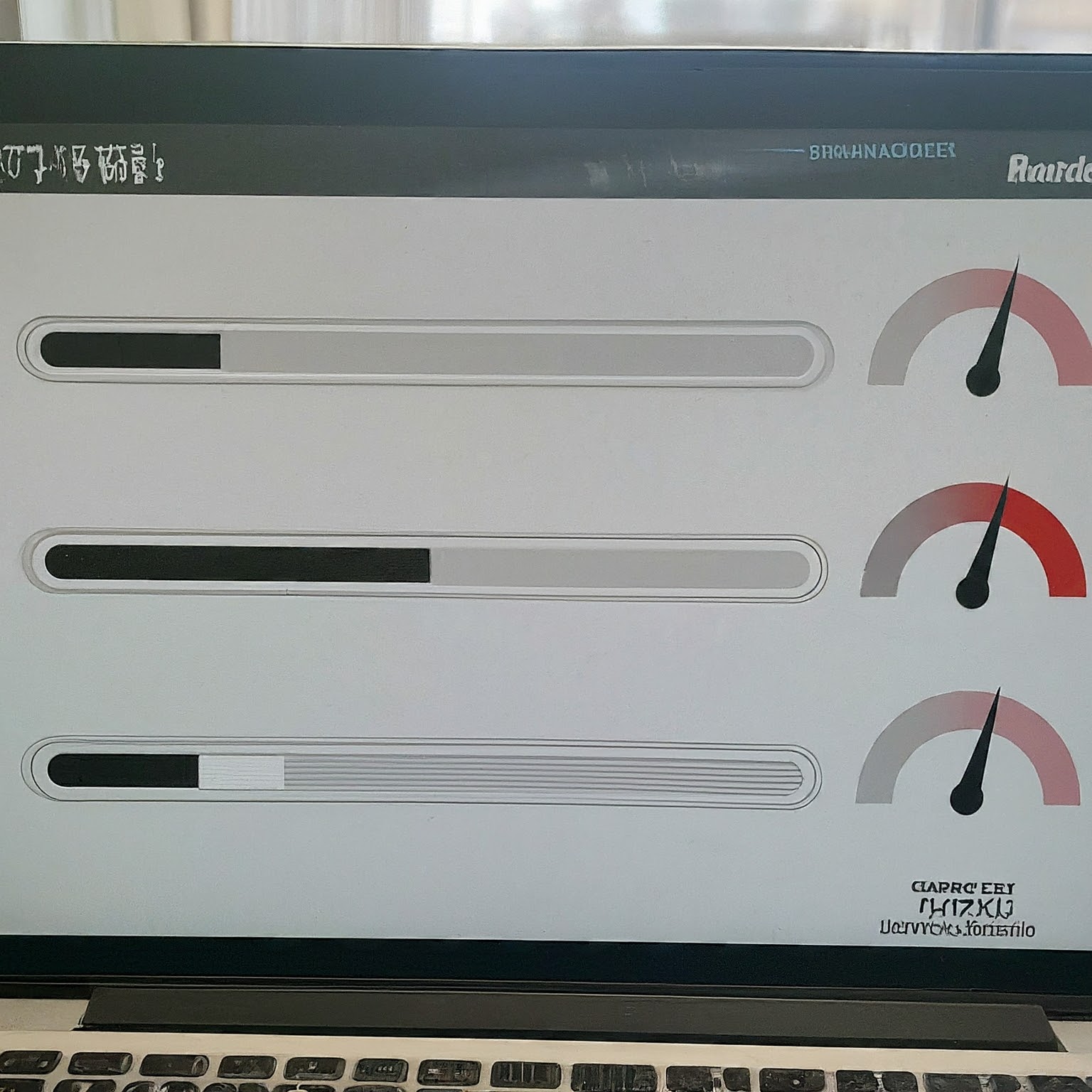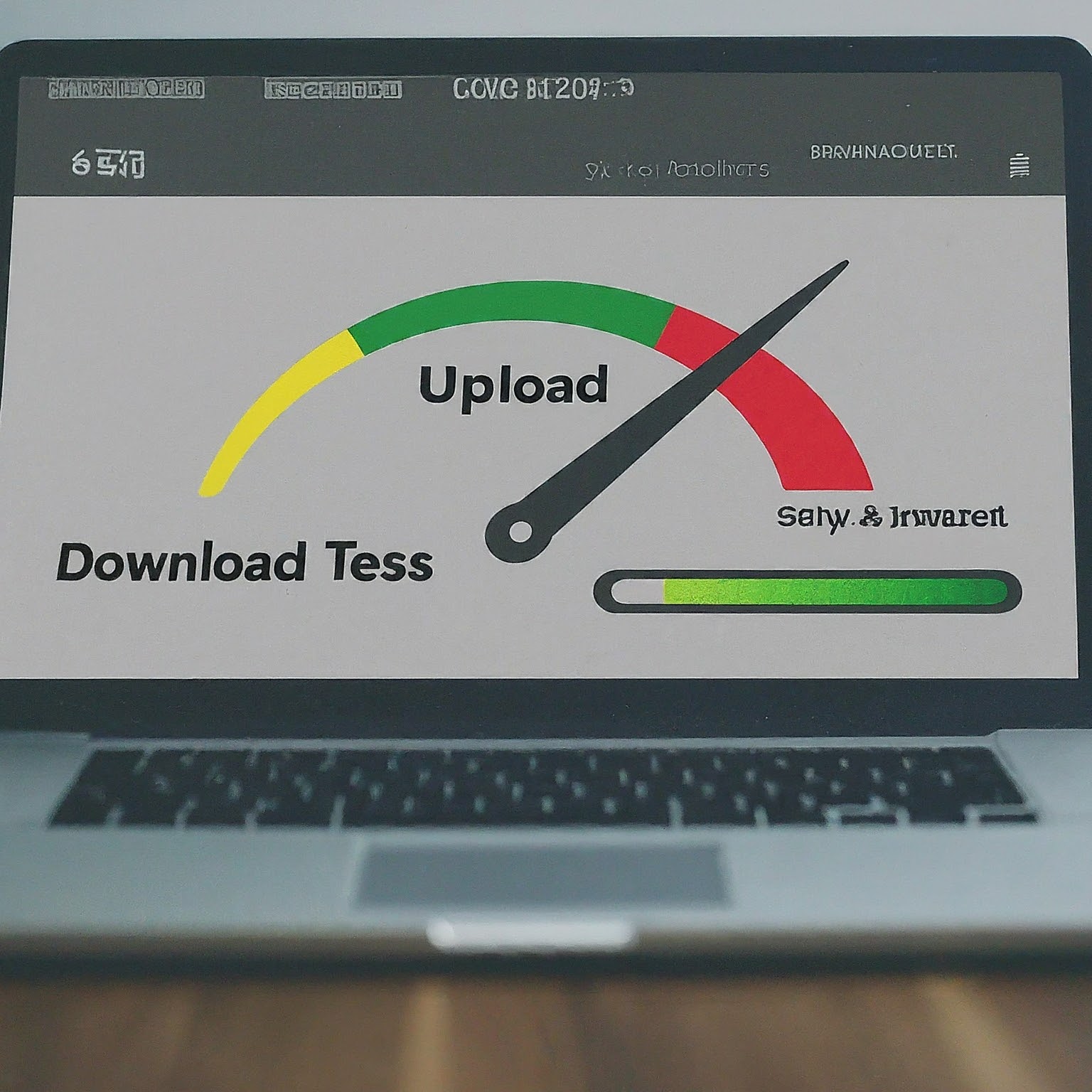In today’s digital age, a fast and reliable internet connection is essential for both personal and professional life. To ensure optimal online experiences, understanding your internet speed is crucial. This is where a data speed test comes into play. This article delves into the importance of conducting regular data speed tests, factors affecting test results, and how to interpret the data.

Understanding Data Speed Test
A data speed test is a tool used to measure the performance of an internet connection. It typically evaluates three key metrics:
- Download speed: How quickly data is transferred from the internet to your device.
- Upload speed: How quickly data is sent from your device to the internet.
- Ping: The time it takes for data packets to travel between your device and a server.
Why Conduct a Data Speed Test?
Regularly performing data speed tests offers several benefits:
- Monitoring Network Performance: Track changes in internet speed over time.
- Troubleshooting Connection Issues: Identify if slow speeds are caused by your internet service provider (ISP) or device-related problems.
- Comparing ISP Plans: Evaluate different ISPs and their performance in your area.
- Optimizing Online Activities: Adjust streaming quality, online gaming settings, or file transfer methods based on your speed.
How a Data Speed Test Works
When you run a data speed test, the testing server sends data to your device and measures the time it takes to download a specific amount of data. Similarly, it sends data from your device to the server to determine upload speed. Ping is calculated by measuring the round-trip time for data packets.
Factors Affecting Data Speed Test Results
Several factors can influence the outcome of a data speed test:
- Time of Day: Network congestion is higher during peak usage hours.
- Device Location: Wi-Fi signal strength can vary depending on your location within a building.
- Number of Devices: Multiple devices connected to the same network can share bandwidth.
- Internet Service Provider: The quality of your ISP’s network and infrastructure plays a crucial role.
- Test Server Location: The proximity of the test server can impact results.
Choosing the Right Data Speed Test Tool
Numerous data speed test tools are available online and as mobile apps. Consider the following when selecting a tool:
- Accuracy: Look for tools with a reputation for reliable results.
- User Interface: A simple and intuitive interface enhances the user experience.
- Additional Features: Some tools offer extra features like historical data, speed comparisons, and network diagnostics.
Improving Your Internet Speed
If your data speed test results are unsatisfactory, consider these steps:
- Restart Your Modem and Router: This simple action can often resolve temporary connection issues.
- Optimize Your Wi-Fi Network: Check for interference, update router firmware, and consider using a Wi-Fi extender.
- Close Unnecessary Programs: Running multiple applications can consume bandwidth.
- Contact Your ISP: If the problem persists, reach out to your ISP for troubleshooting assistance.
The Future of Internet Speed Testing
As internet speeds continue to increase with advancements in technology like 5G, data speed test tools will evolve to measure and analyze more complex network performance metrics. Additionally, real-time network monitoring and optimization tools may become more prevalent.

Conclusion
Regularly conducting data speed tests is essential for maintaining optimal internet performance. By understanding the factors influencing test results and taking steps to improve your connection, you can enjoy a faster and more reliable online experience.
لا تعليق